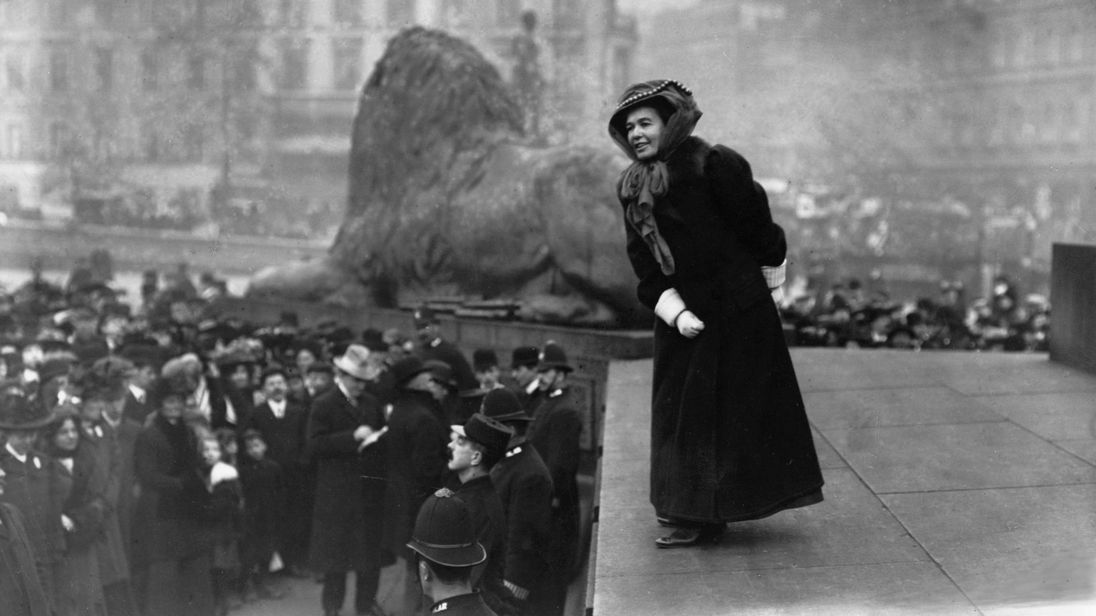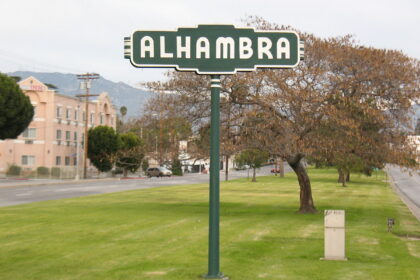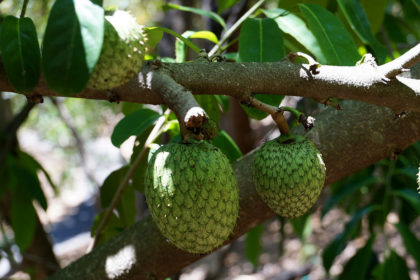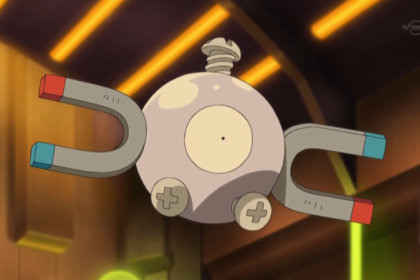Emmeline Pankhurst was a British political activist and leader of the British suffragette movement who helped women win the right to vote. In 1999, Time Magazine named Pankhurst one of the 100 Most Important People of the 20th Century, stating, “she shaped an idea of women for our time; she shook society into a new pattern from which there could be no going back.” Take a look below for 30 more awesome and interesting facts about Emmeline Pankhurst.
1. She was widely criticized for her militant tactics, and historians disagree about their effectiveness, but her work is recognized as a crucial element in achieving women’s suffrage in the United Kingdom.
2. Born in Moss Side, Manchester, to politically active parents, Pankhurst was introduced, at the age of 14, to the women’s suffrage movement.
3. On December 18, 1879, she married Richard Pankhurst, a barrister 24 years older than she was, known for supporting women’s rights to vote.
4. Emmeline and Richard had five children over the next ten years.
5. He supported her activities outside the home, and she founded and became involved with the Women’s Franchise League, which advocated suffrage for both married and unmarried women.
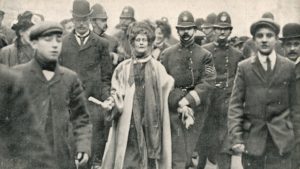
6. When the Women’s Franchise League broke apart, she tried to join the left-leaning Independent Labour Party through her friendship with socialist Keir Hardie, but was initially refused membership by the local branch on account of her gender.
7. While working as a Poor Law Guardian, she was shocked at the harsh conditions she encountered in Manchester’s workhouses.
8. In 1903, five years after her husband died, Pankhurst founded the Women’s Social and Political Union, an all-women suffrage advocacy organization dedicated to “deeds, not words.”
9. Her organization identified as independent from, and often in opposition to, political parties.
10. Her organization became known for physical confrontations: its members smashed windows and assaulted police officers.
11. Pankhurst, her daughters, and other WSPU activists received repeated prison sentences, where they staged hunger strikes to secure better conditions, and were often force fed.
12. As Pankhurst’s eldest daughter Christabel took leadership of the WSPU, antagonism between the group and the government grew.
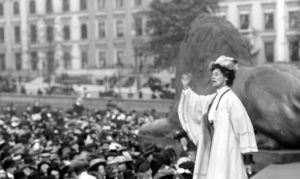
13. Eventually, the group adopted arson as a tactic, and more moderate organization spoke out against the Pankhurst family.
14. In 1913, several prominent individuals left the WSPU, among them Pankhurst’s daughters Adela and Sylvia.
15. Pankhurst was so furious at her daughter for leaving that she, “gave Adela a ticket, 20 [pounds sterling], and a letter of introduction to a suffragette in Australia, and firmly insisted that she emigrate.” Adela complied and the family right was never healed. Sylvia became a socialist.
16. With the advent of the First World War, Pankhurst and Christabel called an immediate halt to militant suffrage activism in support of the British government’s stand against the “German Peril.”
17. She urged women to aid industrial production and encouraged young men to fight, becoming prominent figures in the white feather movement.
18. In 1918, the Representation of the People Act granted votes to all men over the age of 21 and women over the age of 30. This discrepancy was intended to ensure that men didn’t become minority voters as a consequence of the huge number of deaths suffered during World War I.
19. Pankhurst transformed the WSPU machinery into the Women’s Party, which was dedicated to promoting women’s equality in public life.
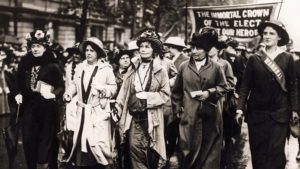
20. In her later years, she became concerned with what she perceived as the menace posed by Bolshevism and joined the Conservative Party.
21. She was selected as the Conservative candidate for Whitechapel and St. Georges in 1927.
22. She died on June 14, 1928, only weeks before the Conservative government’s Representation of the People Act extended the vote to all women over 21 years of age on July 2, 1928.
23. She was commemorated two years later with a statue in Victoria Tower Gardens, next to the House of Parliament.
24. Pankhurst was born on July 15, 1858, to Robert Goulden, a successful businessman and Sophia Jane Craine, who were politically active folks.
25. She was one of 11 siblings and the eldest among her sisters.
26. An avid reader, she read the Odyssey, The Pilgrim’s Progress, Carlyle’s The French Revolution: A History, and Stowe’s Uncle Tom’s Cabin, and at 15, was admitted to the Ecole Normale de Neuilly in Paris.
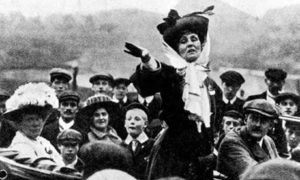
27. Her parents didn’t give importance to their daughters’ education, expecting them to marry young.
28. Her mother received the Women’s Suffrage Journal, and Pankhurst was full of admiration for its editor, Lydia Becker.
29. Sylvia’s 1931 book, The Suffrage Movement, criticizes her mother’s for betraying the movement while Christabel’s book, Unshackled: The Story of How We Won the Vote, described her as selfless to a fault.
30. Pankhurst is mentioned in the lyrics of “Sister Suffragette” sung by Mrs. Banks in the 1964 Walt Disney movie Mary Poppins.

